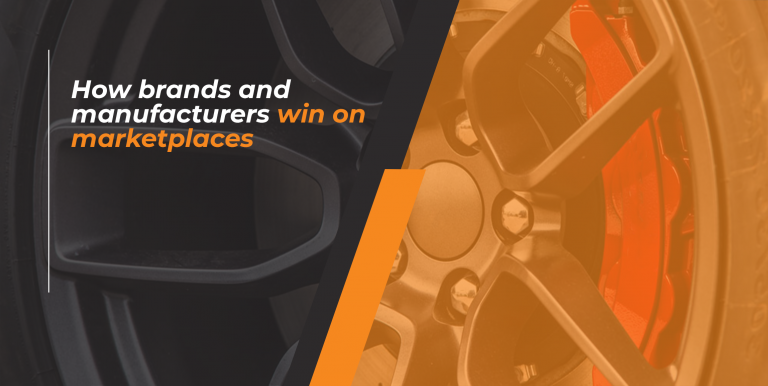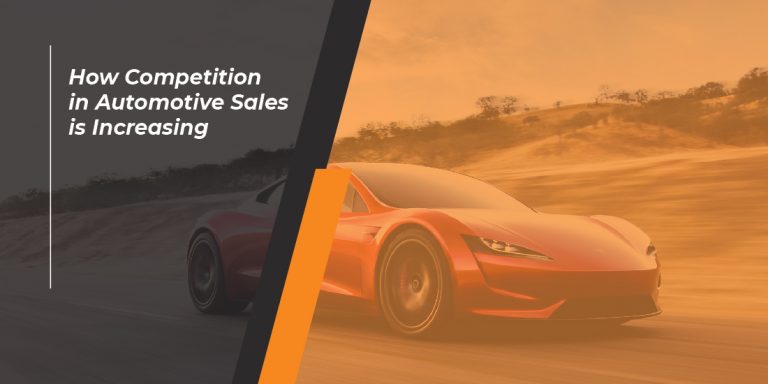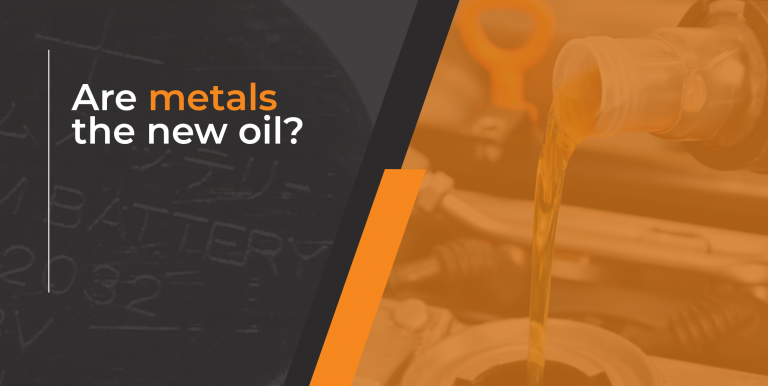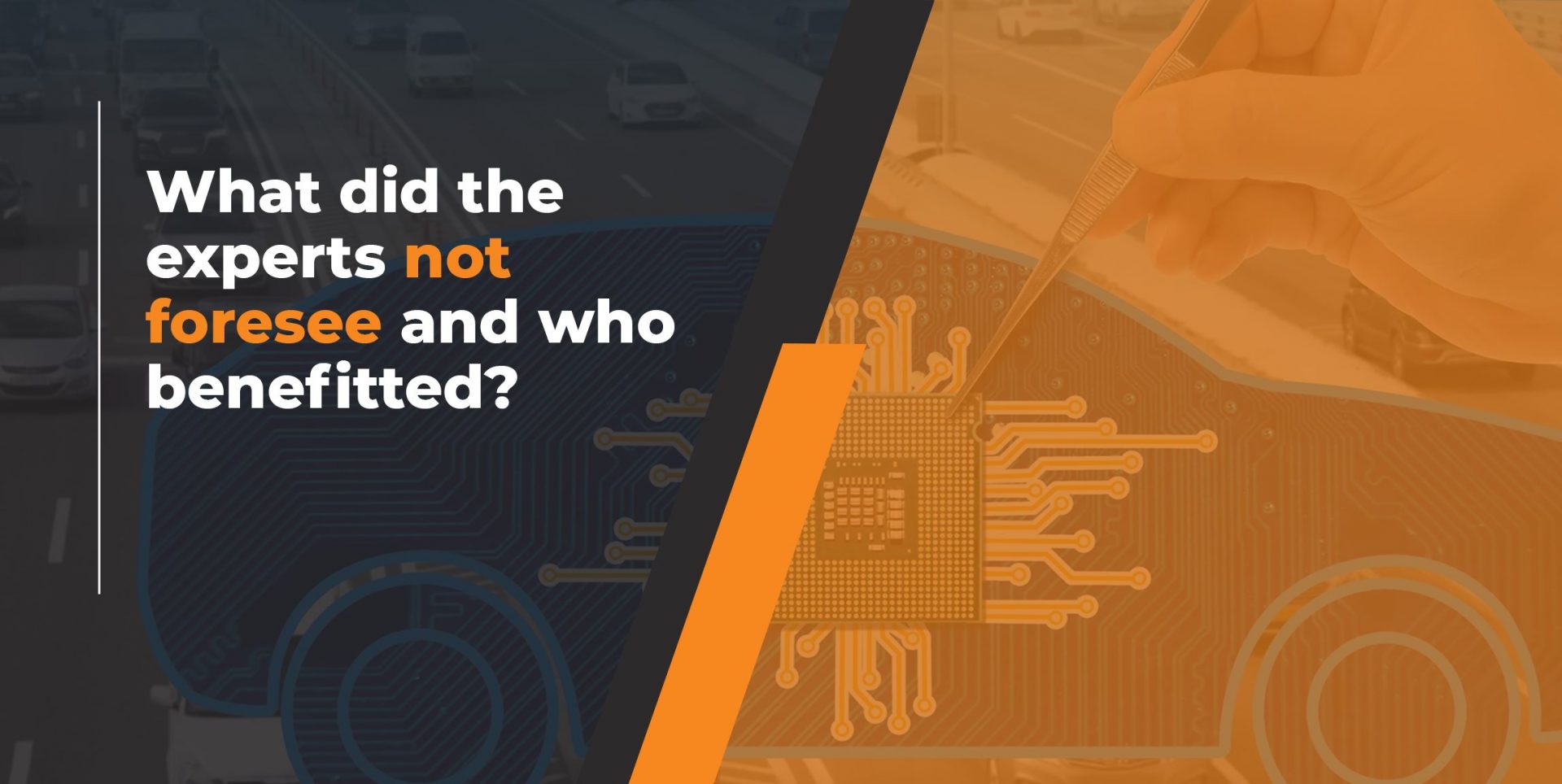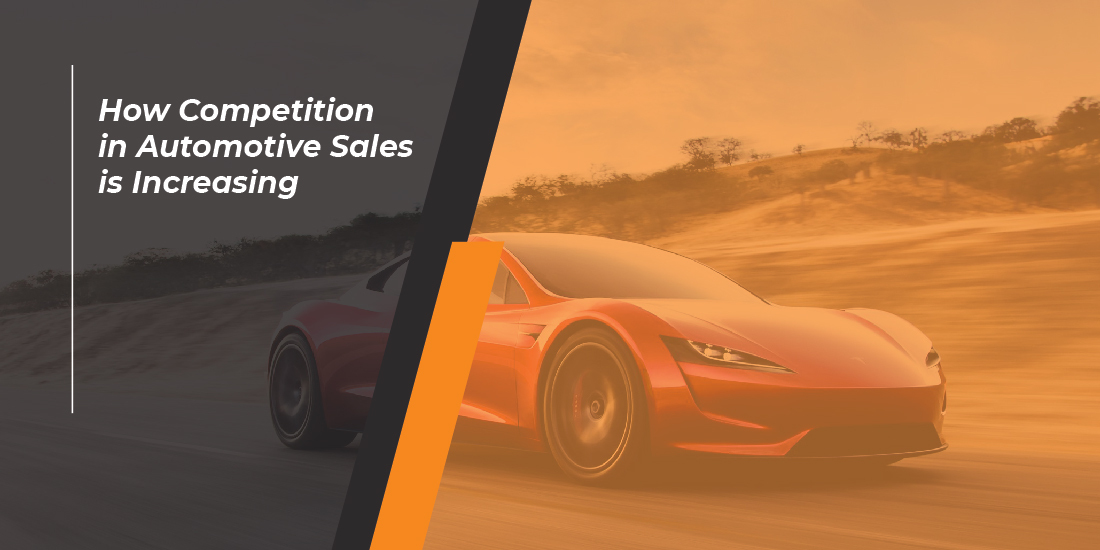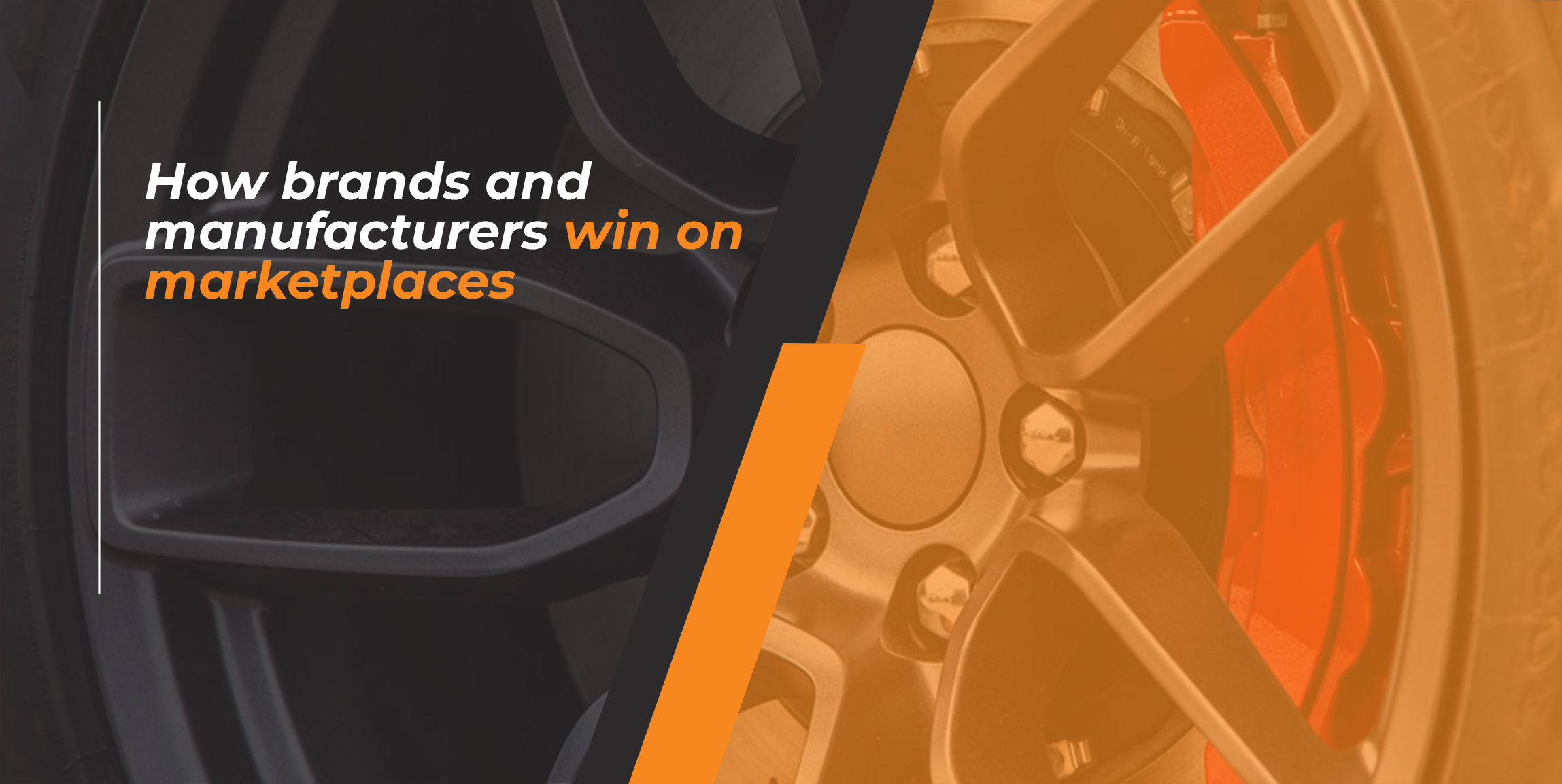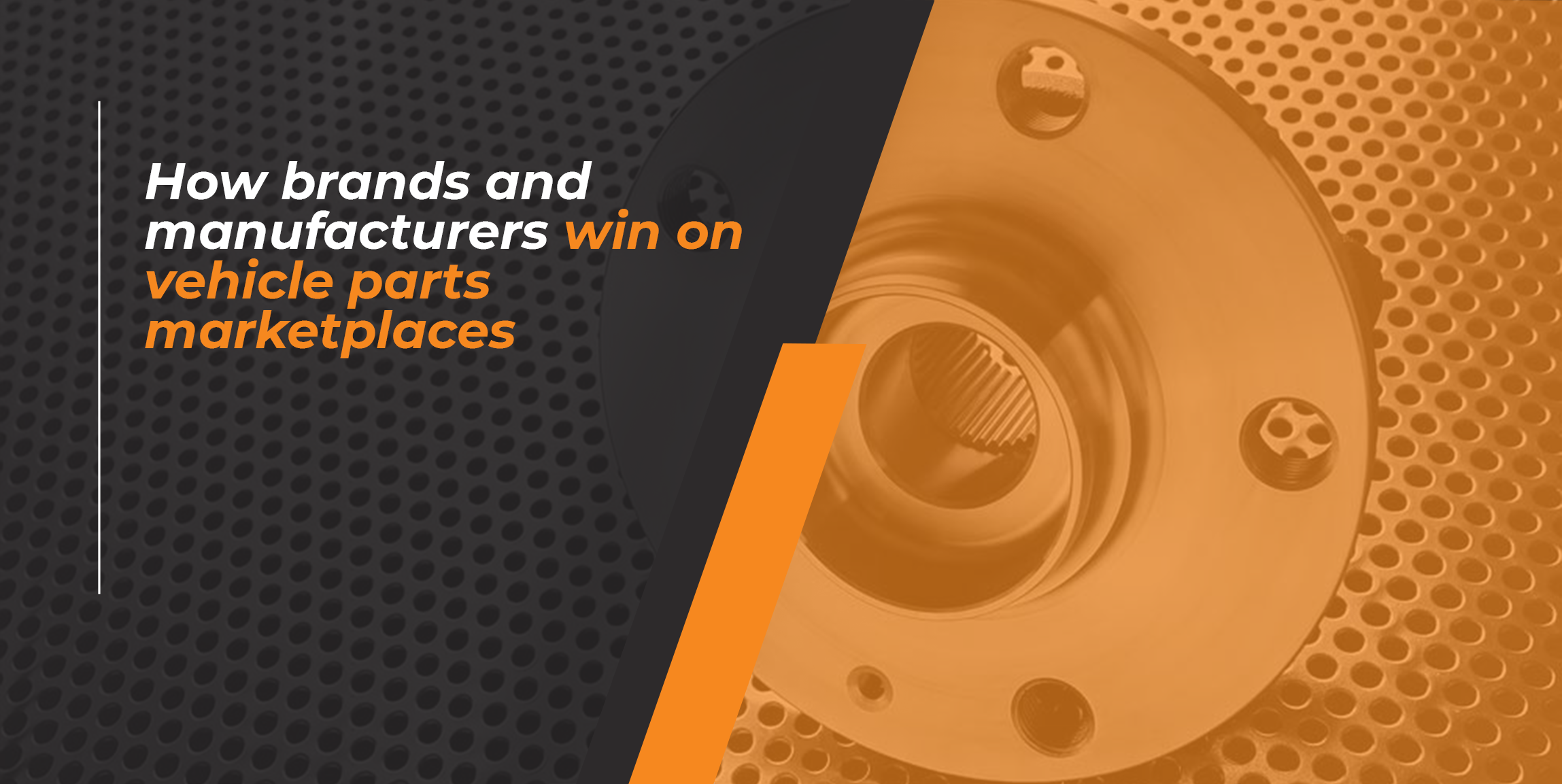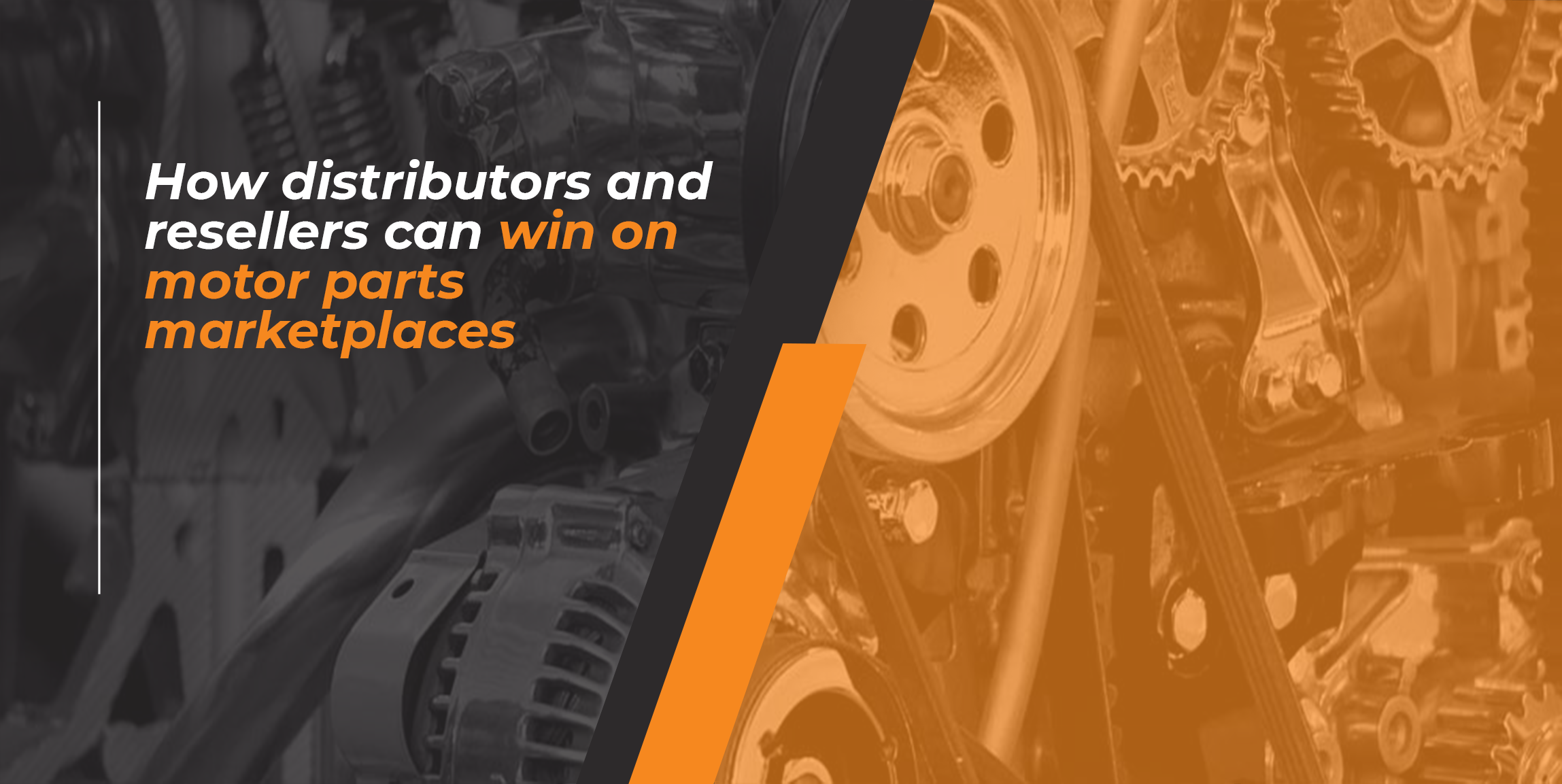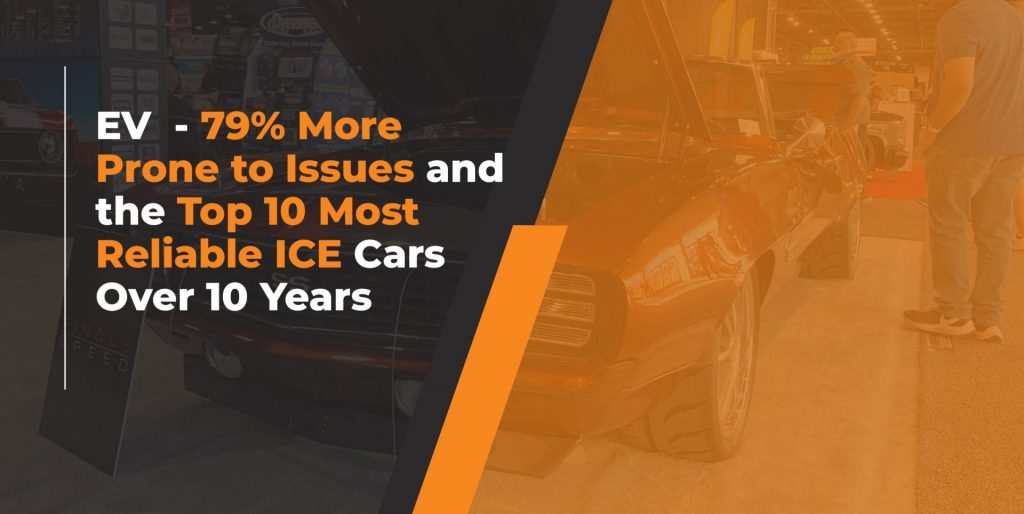
The world of electric vehicles (EVs) is experiencing a surge in popularity, with consumers increasingly opting for these eco-friendly alternatives. However, despite this growing trend, concerns about the reliability of EVs persist, as revealed by the latest data from Consumer Reports (CR), a non-profit organisation dedicated to researching, testing, and protecting consumers.
On average, new electric vehicles exhibit 79% more issues compared to their internal combustion engine (ICE) counterparts. Plug-in hybrid electric vehicles (PHEVs) fare even worse, showcasing an alarming 146% more problems. Yet, amid these challenges, traditional self-charging hybrids stand out as a positive exception, boasting an average of 26% fewer issues than their ICE counterparts, according to CR’s comprehensive study.
Jake Fisher, Senior Director of Automotive Testing at Consumer Reports, acknowledges that electric vehicles are still in a relatively early stage as a mass mobility solution. He notes that it’s not surprising manufacturers are diligently working to iron out various aspects of EVs. Despite the current hurdles, Fisher sees signs of progress, emphasising that consumers who prioritise reliability are best served when they opt for EV models beyond their first model year.
CR’s findings were recently unveiled during an online press conference held in collaboration with the Detroit-based Automotive Press Association. Interestingly, the most reliable automotive brands hail from Asia, with Lexus and Toyota claiming the top two spots in CR’s 2023 brand ranking. Japanese and Korean marques, including Acura, Honda, Mazda, Subaru, and Kia, dominate this year’s top ten, joined by the German trio of Mini, Porsche, and BMW.
Beyond reliability, CR’s influential annual report touches upon various facets of the automotive landscape. It highlights challenges such as charging issues and battery reliability plaguing EVs, but Tesla bucks this trend, boasting comparatively fewer problems in these categories. CR recommends two out of Tesla’s four models, with the Model Y and Model 3 receiving accolades, though the reliability of the latter has been average in recent years.
In the realm of full-size pickups, the overall reliability ranking remains lower, with average and electric pickups scoring worse in terms of reliability. This year proved challenging for American manufacturers, with Buick being the highest-ranked brand, securing the 12th position overall, while others languish in the bottom half, with Chrysler taking the last spot.
As the automotive industry grapples with the reliability of electric vehicles, the UK experiences a surge in EV adoption. However, despite a 47% increase in fully electric vehicle sales in Europe during the first nine months of 2023, concerns loom over market contraction and high interest rates. Brands like Tesla, Volkswagen, and Mercedes-Benz report a decline in EV orders, attributing it to market shrinkage and elevated interest rates.
Industry experts attribute the slower adoption of electric vehicles to factors beyond economic uncertainty, emphasising consumer reservations regarding safety, range, and price. Moreover, new electric models in Europe remain significantly more expensive compared to their fossil fuel counterparts.
The gradual introduction of basic electric models to the market by 2025 coincides with the expansion of Chinese electric vehicles in Europe. Unfavorable residual values of electric vehicles further deter potential buyers, as many companies and consumers consider resale value when making purchasing decisions, negatively impacting EV acceptance.
Amid these challenges, the Federal Environmental Protection Agency’s (EPA) current approach, treating electric and ICE vehicles similarly, faces criticism. Researchers argue that authorities overestimate the range of electric vehicles, leading to inaccurate conclusions about environmental improvements. They advocate for a reassessment of the EPA’s methodology to achieve a more realistic evaluation.
In comparison to electric cars, whose future is bright but unclear, we present a ranking of the top 10 most reliable ICE cars that 10 years old or over according to TUV (Technical Inspection Association). Are you seeing the issues below driving the parts you supply to the aftermarket?
- Audi TT
Average problem percentage: 12.3%
Average mileage: 107,000 km
In November 2023, Audi produced the last units of its sports model, specifically the second generation (Type 8J, 2006–2014). All major indicators are in the green zone. Attention is needed for the petrol engines from the EA888 family (1.8 and 2.0 TFSI), which consume a significant amount of oil. The clutch wears out relatively quickly, and convertible models sometimes experience damage to the electric motor of the folding roof.
- Mercedes B-Class
Average problem percentage: 14.6%
Average mileage: 107,000 km
The second generation (W246) appeared in 2011 and remained in production until 2019. Subsequently, it underwent service actions for the steering gear, airbags, timing chain tensioner, and belts.
- VW Touareg
Average problem percentage: 15.6%
Average mileage: 180,000 km
Volkswagen defines the Touareg as its only “premium” model, but the first generation did not meet high expectations, at least in terms of reliability. However, with the second generation (7P; from 2010), things are quite different. The V6 TDI version is an exception, where faulty timing chain tensioners lead to loosening. There was a service campaign for the brake pedal. Problems with adaptive headlights and pneumatic suspension are not uncommon.
- Honda Jazz
Average problem percentage: 16.2%
Average mileage: 100,000 km
This functional and practical car is the only Honda that is mass-market enough in Germany to make it onto TUV’s lists. The only significant weakness of this car is the brake systems. There were service actions due to the notorious “exploding” Takata airbags.
- Mercedes ML
Average problem percentage: 16.2%
Average mileage: 164,000 km
What a transformation for the first Mercedes SUV: its first generation was at the absolute bottom of TUV reports, with worse ratings even than Dacia Logan. The third generation (W166, from 2011) ranks in the Top 5 for reliability. Potential issues include compressors for the pneumatic suspension, occasional damages to the 7-speed automatic transmission in models up to 2015, and the six-cylinder diesel with a defective AdBlue injection system sensor that often gives false error messages.
- Toyota RAV4
Average problem percentage: 16.6%
Average mileage: 129,000 km
The third generation (XA30, 2006-2015) consistently performs well in higher age categories. Brake issues are the only major concerns. TUV warns that the manual gearbox sometimes does not withstand the load when towing a trailer.
- Audi Q5
Average problem percentage: 16.8%
Average mileage: 158,000 km
The first generation of the Q5 (with code Typ 8R) was produced for a full nine years, until 2017, receiving a moderate facelift in 2012. The suspension is the only area where the 10-year-old Q5 does not fall into the green zone. There was a major service campaign in 2011 for the replacement of panoramic roofs. Some models from 2008-2010 reported leaks in the cooling system.
- VW Golf Plus
Average problem percentage: 16.8%
Average mileage: 101,000 km
The Golf Plus consistently ranks higher than the regular Golf, although they are manufactured in the same factory and on the same platform. In 10-year-old models, all major areas are in the green zone, except for lights and oil consumption, which fall into the yellow. Increased attention is required for the 1.4 TSI and its stretching timing chain. The 2.0 TDI had defective cylinder heads, but this was resolved by the end of 2005.
- BMW X1
Average problem percentage: 17.2%
Average mileage: 133,000 km
The first generation of the X1 (E84, 2009-2015) has been the best-performing BMW in the TUV ranking for years. For the two-liter diesels, it is necessary to monitor the condition of the timing chain, which is prone to stretching and should be replaced after 100,000 km—a procedure that can cost around £1,000 in the UK. There were service actions for the brake system and power steering.
- Mini
Average problem percentage: 17.5%
Average mileage: 103,000 km
We are talking about the final years of the second generation (R56/57). Problems mainly come from the 1.6-liter petrol engine, Prince, developed in collaboration with Peugeot, as well as various electrical components (radio, interior lighting, etc.). There was also a service campaign due to a defective water pump.
- (BONUS) Mazda 3
Average problem percentage: 17.8%
Average mileage: 112,000 km
This refers to the last production series of the second generation (BL). The shock absorbers in the old “threes” are actually much stronger than those in the next generation; the brakes also work reliably. Weaknesses include lights. There were service actions for belt tensioners and the trunk lock, susceptible to rust.
One important clarification from the authors of the ranking: the ranking of individual models depends not only on the quality of production but also on their service network. Brands like Audi, Mercedes, Volkswagen, and Mazda, for example, have a developed network in Germany and strictly adhere to service intervals. Therefore, their models appear at technical inspections at TUV with already resolved shortcomings, and accordingly, their results are higher. Brands with poorer service or more business use may have weaker results without necessarily being more prone to breakdowns.
To find out more about the automotive aftermarket, or for a no-obligation introductory discussion, please contact us.
automotive
More from us









